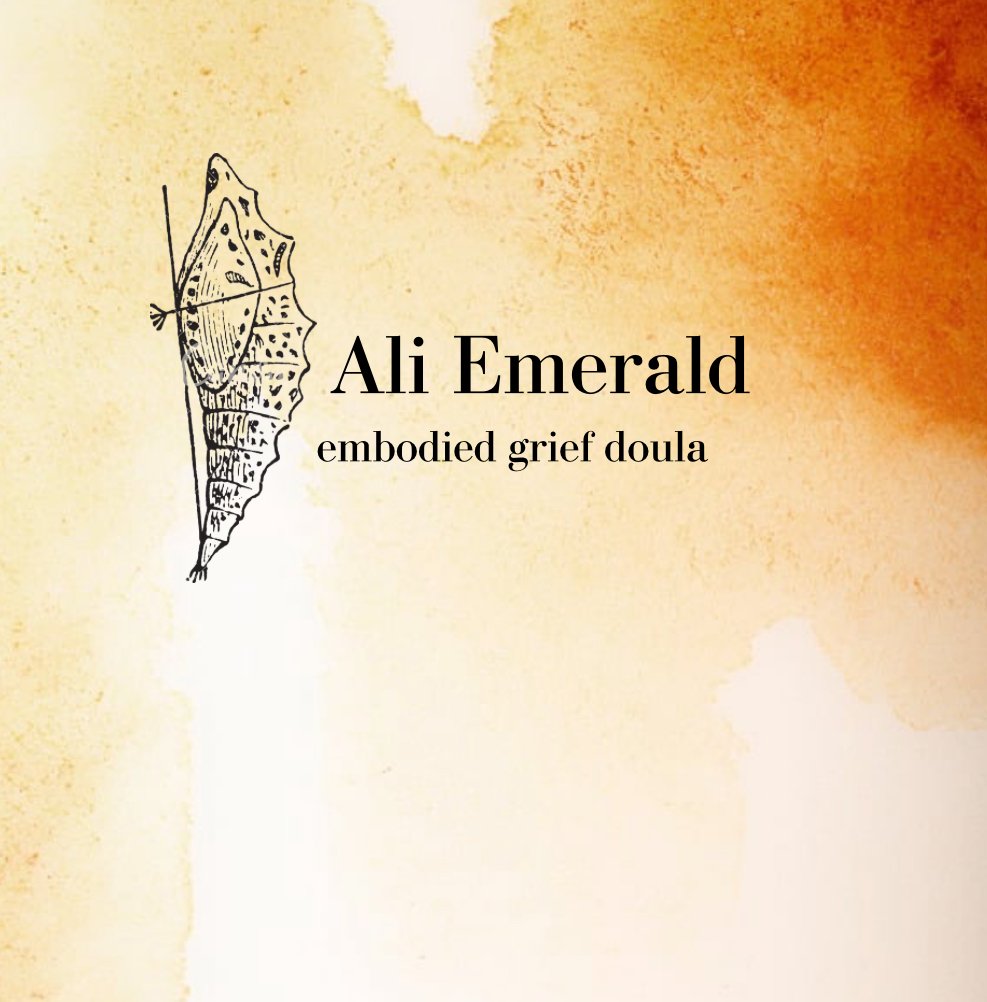The embodied eucharist
“This is my body, broken for you.”
The words said before every communion in the church of my childhood. Tiny wafers in a silver tray, a representation of the body of Christ. Music would play, something somber and emotional, and hoards of people would walk from the back pews to the front of the sanctuary to fill their hands with communion wafers and cups of grape juice.
My body began to fray during those months immediately pre-transplant, and it took years for my strength to return. On the Sundays I pulled myself out of bed and managed to look presentable. I sat in the back row pew, letting the worship music wash over me like rain, absorbing the energy from those in the congregation. I wasn’t there for a sermon, not interested in serving the larger body of Christ or doing my part in fellowshipping with other believers. In fact, this last Sunday, when the pastor spoke about our individual roles in the church as a whole, I made a comment under my breath that my role was to teach others how to abide with suffering.
During the days of attendance, as groups of people moved to the front of the church for a taste of cracker and juice, I let my husband bring two portions back to our seats. I sat as others walked, taking in the different people. And I found solace in the knowing that this symbolized the broken body of Jesus, for I too understood what it meant to have a broken body. By His wounds we are healed, and I’ve been known to white knuckle my way into healing.
I was reading a book, sprawled out in the sun on the days between hospital visits, when I was introduced to a new concept surrounding the eucharist I’d never thought of.
The bread, the body of Christ, has never been a solitary act. Bread is made through the hard work of so many people, from the farmers who grow the wheat to those who grind it, those who bake it, the hands that serve it. Such as the body of Christ is a kind of collective body. When I speak of embodiment, I’m talking about being in the body of the world just as much as I am of any individual body.
Our bodies are a collision of other selves, other beings that make this being possible. We all belong to each other in that to be a self, I must be in constant reliance on other selves.
I didn’t understand this until my body broke open, and the very thing I needed to save me could only be found in the body of another person.
Transplant gave new meaning to the phrase This is my body, broken for you.
Death funneled into life, and there was this moment where my self had to stop being defined by my physical self because what did that even mean anymore? I was an extension of so much other life. My body was part of a larger body. And I was opened up to a world I never would have fathomed possible.
The Eucharist, the writer of this book continued, this body being broken, did not represent a physical body, or even the solitary person of Jesus. It is not a relation to the God outside of us but the God within us. The body is here. It’s all of us. It’s our separate selves in vibrant aliveness because of the constant reliance on one another.
When the Eucharist is given, when bodies move to the front of a room, I think the broken body we’re entering into is less about what is above us or outside of us and more of what is all around us. It’s in each other. It’s in God with us, in church sanctuaries and hospital rooms and at birthday parties or board rooms.
It’s God in communion with creation, saying THIS is my body. WE are the body. All of us a breathing, embodied state of the divine.
I didn’t understand this until I needed to intake parts of others in a way that became vital to my survival. Being initiated into the larger body of the world through the process of transplantation gave me insight not only into my physical body but the body of all of us. The body of humanity, the body of the earth, the body of we belong to one another.
This is my body broken for you.
This is my body
This
Not God outside of us, not God separate from us. God with us. We, the body, together.
